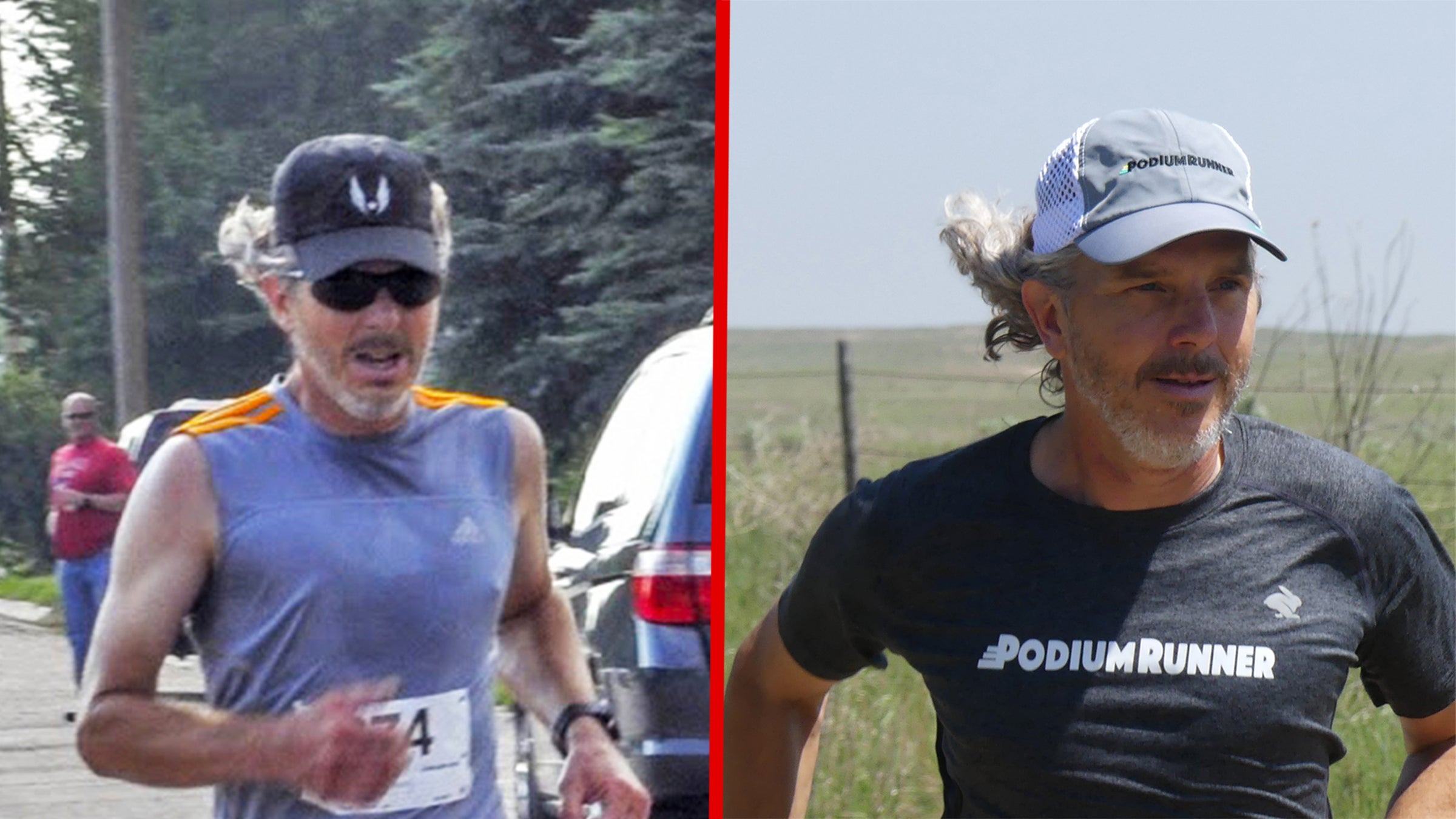Runners who keep going for a lifetime wax eloquent about their love of the sport. But is it racing that lifetime competitors love so much? Or is it the joy of running itself?
When I interviewed 50-plus lifetime competitors for my book, Run Strong, Stay Hungry, I found that almost universally, they loved both the act of running and the thrill of competing. Indeed, many said these were so intertwined, it wasn’t an either/or question.
“Both running and racing are important,” said Dave Dunham. “The running isn’t really a means to an end for racing, but I love the competition as much as I love the training for it. I’d say it is even.”
The degree of passion for each side differed in each runner and changed over time. But even if these two loves appear at times contradictory, loving both sides of the running life seems to be an important key to longevity, perhaps because together they help to keep runners engaged through the years.
In his book After the Last PR, Dave Griffin wrote colorfully about this split personality:
Two runners live inside me. The first one … is a fierce competitor, daring and tenacious. He lives for brief, glorious moments, like the instant when a competitor’s footfalls begin to fade behind him. His expectations are unquenchable. Seldom is he satisfied, even when he wins …
The second runner can go for miles without thinking once about speed. He thrives on the motion, the simple rhythm that makes him feel at home. He seeks peace, not recognition.
When I asked Griffin about the two runners inside him, he said, “I need them both.” Many others agreed.
I’ve often noted these two runners in me, personified by the two lead characters in the classic movie Chariots of Fire. I harbor both the fire of Abrahams, who is going to “take them on, one by one, and run them off their feet,” and the mellow peace of Liddell, loping over the hills, who says that when he runs, he feels God’s pleasure. These two runners inside of me trade the lead back and forth, sometimes the competitor motivates the runner; sometimes the runner sustains the competitor.
A lifetime competitor’s love of running includes pleasures unique to each of these internal runners.
Beacons
These runners like to race for many reasons, including the chance to prove themselves with hard effort, the thrill of head-to-head competition, the satisfaction of mastery and accomplishing goals. One reason that interacts closely with their love of simply running is the way a race justifies and motivates the effort of training. Even runners whose main goal is to stay fit enough to enjoy running and keep doing it for life love competing because the goal helps them maintain the effort.
“Competing is a funny thing,” said Pete Magill. “I don’t actually care whether I win or lose or even do that well in a race once the race is over.” What matters to Magill is the daily training — long runs with clubmates, running fast on workout days, seeing what his body can do.
“Races give you something to wrap that training around,” Magill said. “They give me a reason to run. If I’m not getting ready to race, I’m going to find it very hard to convince myself that I should go out and do long hill repeats or 200s on a track.”
The funny thing is that he enjoys all of those types of runs, and he enjoys being as fit as he can be, which requires doing a full range of workouts. But he finds he needs the race to provide the deadline and motivation.
“If I wrap it around a race, I give myself a focal point. It’s kind of like I’m steering for a beacon,” he said. “So races serve more as beacons for me than they do as individual tests that I need to pass for my ego or motivation.”

“Races keep you honest,” offered Colleen De Reuck. “It is more exciting to train toward something than to just train.” She agrees that the real reward is to get out and run every day, to be fit enough to enjoy running long and well. But when she doesn’t have a race on the calendar, De Reuck ends up skipping one day, then another, and soon finds she hasn’t trained much in several weeks.
A race helps her find the time and gets her out the door. “It gives you that extra drive rather than, ‘I can skip this day.’” De Reuck said. “It gives you extra motivation.”
Above All, The Run
As much as they enjoyed competition, however, I found that every lifetime runner also loved the run for its own sake. It is not a means to the end; it has its own meaning. It’s hard for competitors to separate running from racing, but when forced to look at it, they concur that the running comes out on top.
Joan Benoit Samuelson said she’s always had a goal and she loves racing even now. But when asked if she runs only to race, she didn’t have to think long. “I guess if somebody told me you’d never race again, I’d get over it pretty fast,” she said. “If someone told me you could never run again, I wouldn’t get over that very fast.”
“I’m just glad I can get out the door, get my run in. It feels great,” Bill Rodgers said. “I still like to race, but that becomes the ultimate satisfaction with your running.”
Lifetime competitors listed the myriad reasons you often hear about why it is great to be a runner. You might call them side effects: mental and physical health, social connections, a unique and enjoyable means of transportation, the post-run euphoria.
When they talked about what lies at the core of their love for running, however, they tended to come back to a feeling of being competent, alive, and skilled, a feeling of catching the wave and being carried along, a feeling of flow. They talk about heading out and settling in to an effortless long run.
“What is really fun now,” Judd Esty-Kendall said, “is just being able to run and feel like I’m running easily and smoothly, and the distance doesn’t matter.”
“There’s that euphoric feeling,” said Margaret Jones. “If I can run 10 miles, run around the lake, I feel like a queen for the day,”
“The ultimate is to get on a country road and keep going. And go as far as I feel like running that day,” said Roxi Erickson.
Again and again, lifetime competitors rhapsodized about this state—this ability to go out and immerse in a run—as the very heart of their love affair with running. It’s not training for something else. It needs no justification or reward. It is the reason.
Legendary coach Arthur Lydiard referred to it as a “tireless state.” Runners achieve this state when they have “sufficient stamina to maintain their natural speed over whatever distance they are running.” When achieved, it produces the characteristics of flow: time slows or stops, you feel in control even as you lose the burden of self-consciousness, you become the run.
It’s not as mystical as it sounds. It’s simply the result of skill meeting an appropriate challenge. To achieve this state requires the consistent miles and the variety of speed work, and, for some, hours of supplementary training. Races help you stay focused and on track, and they have their own pleasures and benefits, to be sure. But this ability to run, free and effortlessly, is what people come back to in the end and what makes it worthwhile.

Excerpted and adapted from Run Strong, Stay Hungry by Jonathan Beverly, with permission from VeloPress.


